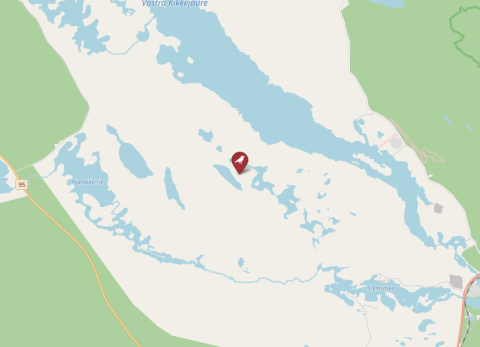Arvidsjaur
View all studies on the map
©
Leaflet | OpenStreetMap | NIOO-KNAW
Details
- Country
-
Sweden
- Species
-
Siberian jay
- Pipeline
- No
- Max. nr nestboxes
- 90
- Running period
- 1990–Present
- ID data
- Colour rings
- Metal rings
- Tags
- Environmental data
- Food availability
- Rainfall
- Temperature
- Individual data
- Morphological measures
- Physiological data
- Habitat
- Evergreen
- Genetic data
- Blood samples collected
- Feather samples collected
- Basic breeding
- Yes
- Winter data
- Roosting checks
- Winter ringing
- Feeding at nest data
- Yes
No data available
No data available
Details
- Country
-
Sweden
- Species
-
Siberian jay
- Pipeline
- No
- Max. nr nestboxes
- 90
- Running period
- 1990–Present
- ID data
- Colour rings
- Metal rings
- Tags
- Environmental data
- Food availability
- Rainfall
- Temperature
- Individual data
- Morphological measures
- Physiological data
- Habitat
- Evergreen
- Genetic data
- Blood samples collected
- Feather samples collected
- Basic breeding
- Yes
- Winter data
- Roosting checks
- Winter ringing
- Feeding at nest data
- Yes
